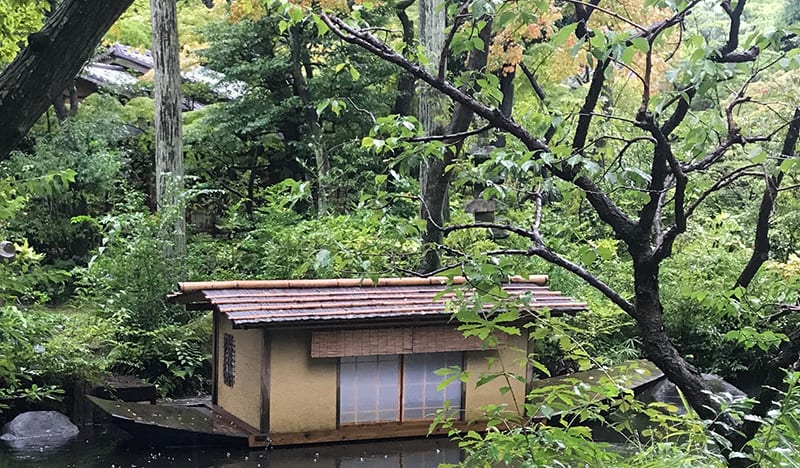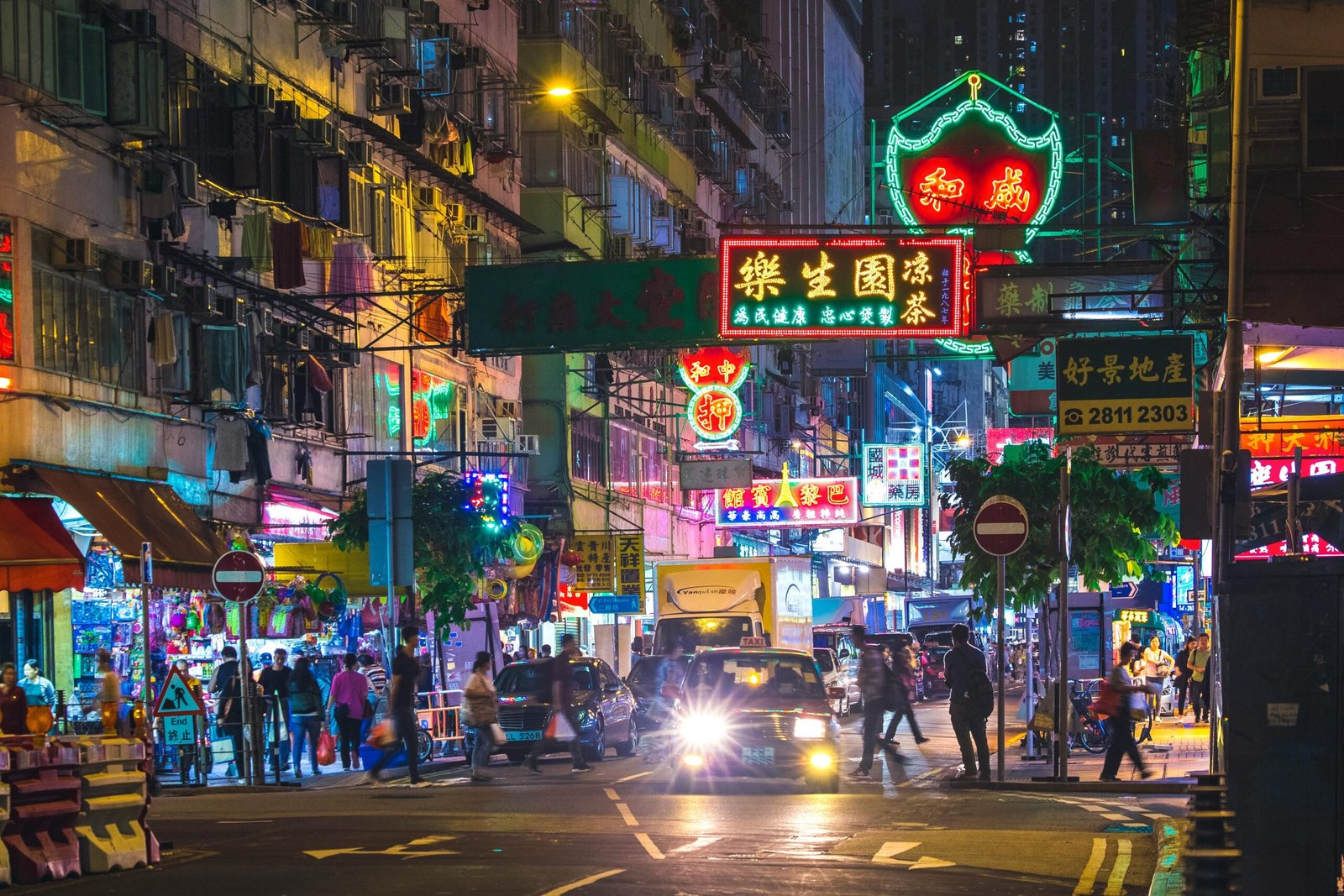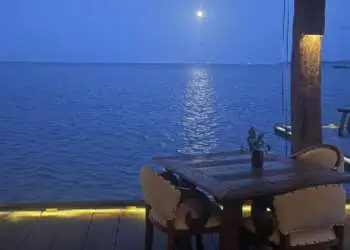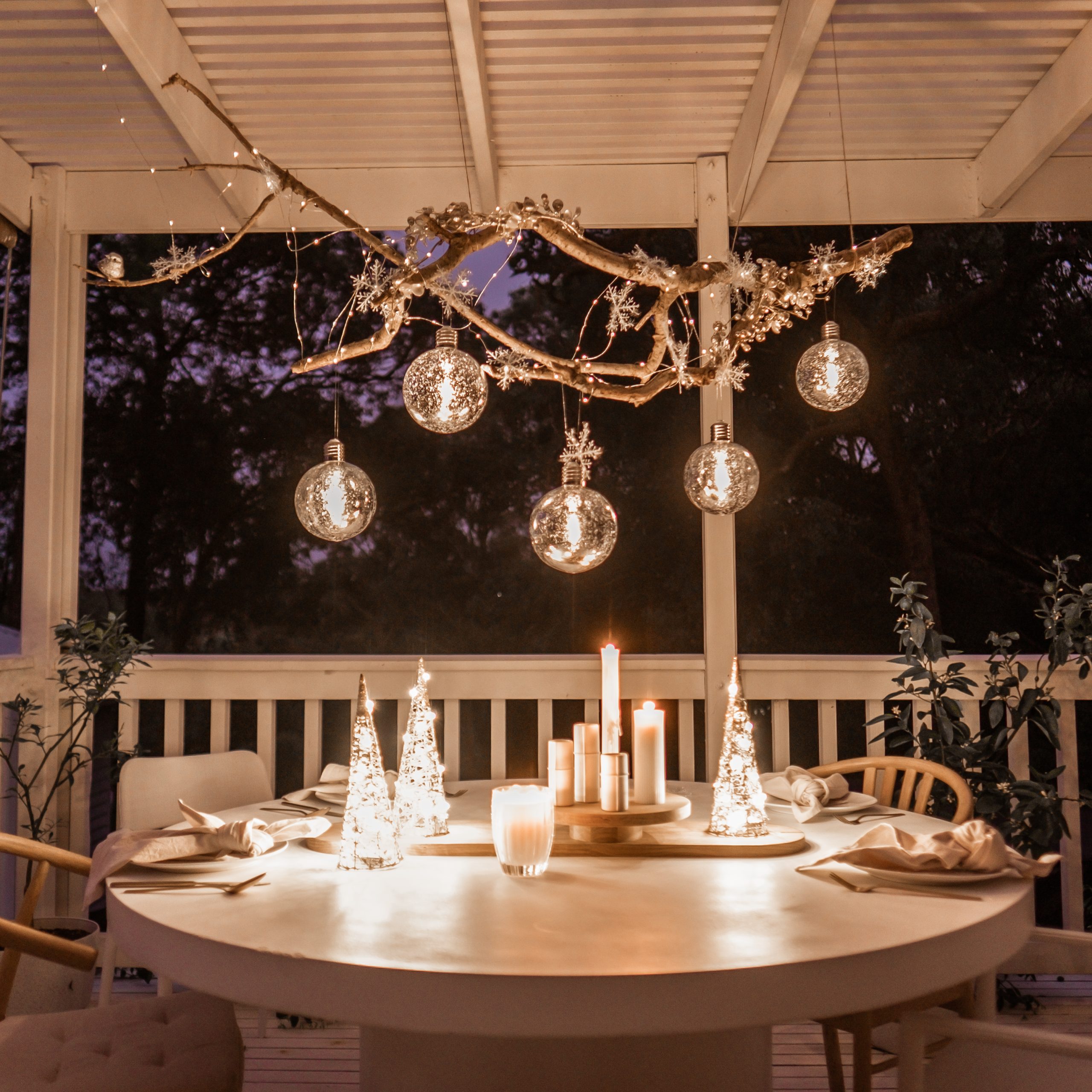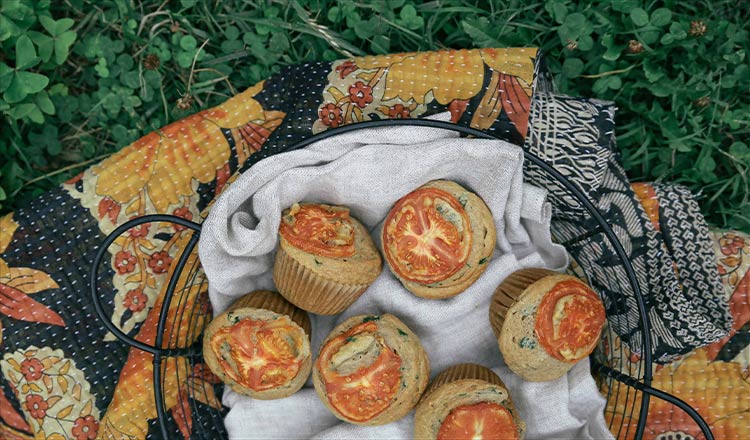Postcards From The Land Of The Rising Sun: Nezu Museum Garden In Tokyo was written by Ruchika Sahai.
After having lived in nine countries, fourteen cities and travelled through forty eight more, it amazed me to walk into Tokyo and immediately find a home. No matter how much I wander, wonder and learn, the well here seems bottomless, adding to my voracious appetite for exploration.
It is in Japan that I have found and discovered my ikigai – the intersection of what you love, what you’re good at, what the world needs, and what you can be paid for.
And it is Japan’s Ikigai I want to share with you! There is so much quiet passion, respect and reverence for what most of us consider mundane, which elevates a simple task to an art form. There are domains where the Japanese dominate – from BAPE conquering the fashion world, to the fluffy Japanese cheesecake conquering our taste buds! We can all learn from the Buddhist philosophy around community and the Shinto principles of nurturing the environment, both contributing to peace and longevity.
Here Ruchika takes us to the Nezu Museum Garden in Tokyo.
Growing up, The Secret Garden was one of my favorite books and in our home, we have just such a one. I admire the wisteria at spring and the calla lilies in the fall and the orchestrated bohemian chaos of it. Gardens are so beautiful, and that is where my thoughts on them started and stopped as they served that goddess of my eye. But this, this is completely different, it served the soul by entering it through the artery of streams, beams of light, canopy of leaves, flowing moss, patterns in the stones, the guardians and the omens marking their way until it reached you, nourished you, saved you.
This Japanese garden, seen through droplets of rain, orchestrated one revelation after another, both on the outside as well as on the inside.
Without knowing it, but intuitively feeling it, each feature felt like it was governed by a heavenly order. And it is. Each Japanese garden follows the rules outlined in the 11th century manual, Sakuteiki, which illustrates the art and science of putting things in a place that brings good fortune. Forget Malcom Gladwell’s 10,000 hours of practice – the Japanese have been doing it for ten centuries! It is natural that after over ten centuries of practice the Japanese garden is at an elevated state of perfection.
I never made it inside Nezu museum, so taken was I with the gardens. In the middle of Tokyo city, hidden behind big walls, this secret garden is only available to those who labor to uncover it. Early morning at 10 we were the first feet to tread through and it felt like it was made just for our consumption. A modern glass teahouse sits upon it’s throne and you can perch yourself there to reflect on the exquisite beauty laid at it’s feet.
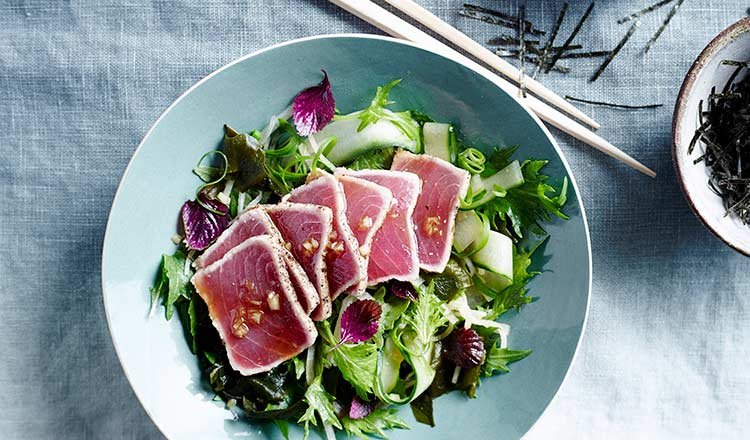
If there is one corner of the garden to seek, trace the path with your ears until they lead you to the sound of Suikinkutsu, a traditional relaxing melody made by water droplets from a Tsukubai (water basin) echoing in small pots placed underground. Sit there for a while until all you hear is the drops resonating through your body like a balm.
We owe a debt to Nezu Kaichiro, a titan of the railways, a politician and a philanthropist, for buying this piece of land in 1906. Perhaps it’s because he came from Kaikoku, a village that lived in the shadow of Mount Fuji, that he designed the garden in the shinzan-yukoku style of deep mountains and mysterious valleys. Our childhood plays out in so many ways throughout our lives, and for some of us it is in destructive ways and for others it manifests itself in this magnanimous way.
Nezu practiced the art of Japanese tea ceremony throughout his lifetime and so it comes as no surprise that he created this space for the contemplation and collection of art, meditation and nature. One can feel spirits, perhaps because the foggy morning leant itself to it, or perhaps because we were walking alone but in the company of a million others. For the first time I truly felt at one with the universe, where the past, present and future came calmly together in one moment. After all, each Japanese garden is meant to represent a whole world of illumination in one.
If only I could have known Nezu, met him to thank him, asked him about his childhood home, his love for this garden. If only. But then he left the best part of himself behind for us to meet as we wander through the path he planted for us. And little did I know at that time that Nezu and I are to be bound together forever. You see he was born on August 1, 1860 and a 110 years later to the day, I was born on August 1, 1970. From now on when I celebrate my birthday, I will celebrate Nezu and the gift of serenity he gave me.
EXPLORE:
Nezu Museum
Japanese architect Kuma Kengo designed the new museum to create a modern and minimalistic harmony between the building, the art, and the garden.
6 Come 5-1 Minami-Aoyama, Minato-ku, Tokyo 107-0062
Tuesday, Saturday, Sunday 10:00-5:00
http://www.nezu-muse.or.jp/en/
EAT:
Nomu Cafe
Hands down the most exquisite cafe I have been to and you have to follow up the beauty of Nezu with the juxtaposition of the beauty of Nicolai Bergman. Plus, the dream cake is to die for!
5-7-2 Minami-Aoyama, Minato-ku, Tokyo 107-0062
Open every day from 10:00 – 20:00
https://www.nicolaibergmann.com/en/locations/locations-aoyama-flagship-store


